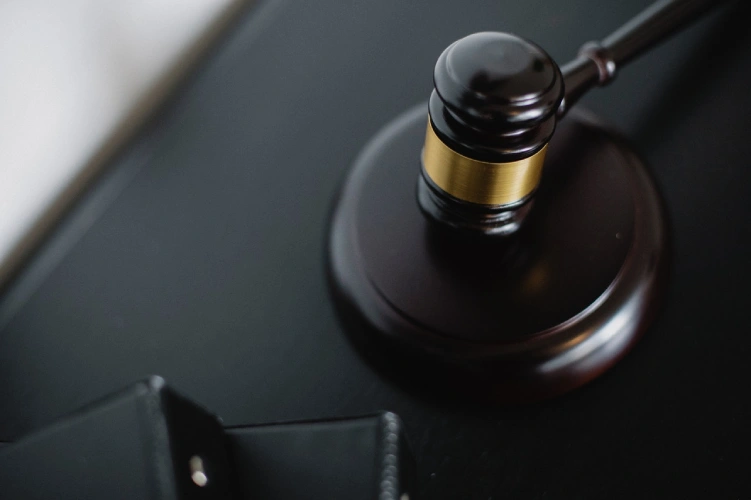As a software developer, you probably have a lot of great ideas for new programs, apps, and features. But did you know that people could steal those ideas from you? It’s true! If you’re not careful, another software developer could steal your idea and pass it off as their own. But don’t worry—there are legal actions you can take to prevent your ideas from being stolen. Keep reading to learn more.
Get a patent
The first thing you need to do is get a patent for your idea. A patent will give you the legal right to stop others from using, making, or selling your idea without your permission. You’ll need to file a patent application with the US Patent and Trademark Office to get a patent. Hiring a versed attorney in software patents will ensure a smooth application process.
There are a few things you need to do before you can apply for a patent:
- Research your idea. Make sure it’s not already patented by someone else.
- Make sure your idea is new. You can’t patent an idea that’s been done before.
- File a provisional patent application. This will protect your idea from being stolen while you’re waiting for your patent to be approved.
Send a cease-and-desist letter.
Once you have a patent, the next step is to send a cease-and-desist letter to the person who stole your idea. A cease-and-desist letter is an order to stop given by official notice. In this case, the cease-and-desist letter would tell the person who stole your idea to stop using it and potentially give them a deadline to comply.
If you decide to send a cease-and-desist letter, make sure to follow these steps:
- Make a copy of the letter for your records.
- Send the letter by certified mail, return receipt requested. This will ensure that you have proof that the other party received the letter.
- In the letter, state that the other party infringes on your intellectual property rights and ask them to stop using your idea immediately.
- Give the other party a deadline to comply with your request.
- Keep a copy of the letter for your records.
File a lawsuit

If the person ignores your cease-and-desist letter or if they live in another country, you may need to file a lawsuit against them. This is usually a last resort because cases can be expensive and time-consuming. But if you have evidence that someone has stolen your idea and is using it without your permission, filing a lawsuit may be the only way to get them to stop.
If you want to go ahead with a lawsuit, keep these steps in mind:
- Gather evidence of the infringement. This includes copies of the stolen software, emails or other communications with the thief, and other documentation proving your case.
- File a complaint with the court. This document will outline your case and why you believe the other party has infringed on your intellectual property rights.
- Serve the complaint on the other party. This is a process where the court notifies the other party that a lawsuit has been filed against them and provides them with a copy of the complaint.
- Wait for the other party to respond. They will likely file a response to your complaint, starting the legal process in motion.
- Go to court and argue your case. This is where you will present your evidence to the judge and ask for damages to be awarded to you.
Other ways to protect your software ideas
In addition to the legal methods mentioned above, there are other ways to protect your software ideas.
Sign an NDA
Make sure any team members who have access to sensitive information sign a non-disclosure agreement (NDA). This agreement will legally bind them not to share confidential information with anyone else.
To create a non-disclosure agreement (NDA), you’ll need to include the following information:
- The names of the people involved
- The type of information that you will share
- The purpose of the NDA
- The date the agreement is effective
- How long will the contract be in effect
- Signatures of the people involved
Encrypt your data
It would help if you also considered encrypting your data. Encryption makes it impossible for someone to access your data without the correct encryption key. You should also regularly back up your software on a secure server, so you can quickly restore any lost files in case of a breach.
A robust encryption algorithm and a secure key would best encrypt your data correctly. You should also make sure to keep the encryption key safe and secure. If you lose the key, you will lose access to your data and cannot decrypt it.
Stay informed
Finally, stay informed about cyber security threats and best practices. Make sure you and your team members use strong passwords and regularly update your software to protect it from the latest threats.
One of the best ways to stay informed about cybersecurity threats and best practices is to subscribe to a newsletter or blog. There are many sources of information, so it’s essential to find one that aligns with your needs.
These are some ways to protect your software ideas from theft. Following these steps will help you to ensure that your software ideas remain secure and that the other party does not infringe on your intellectual property rights.



